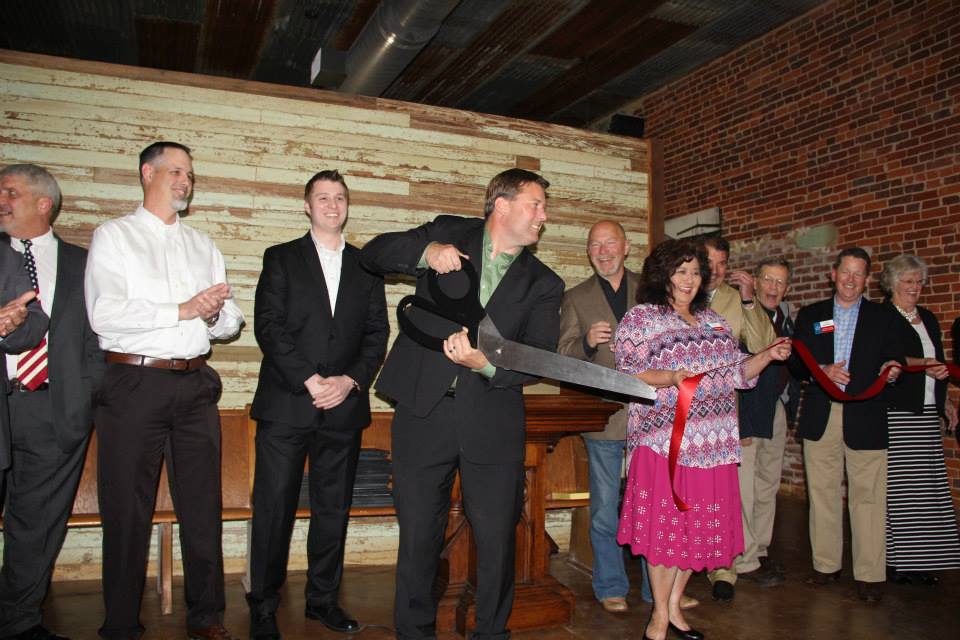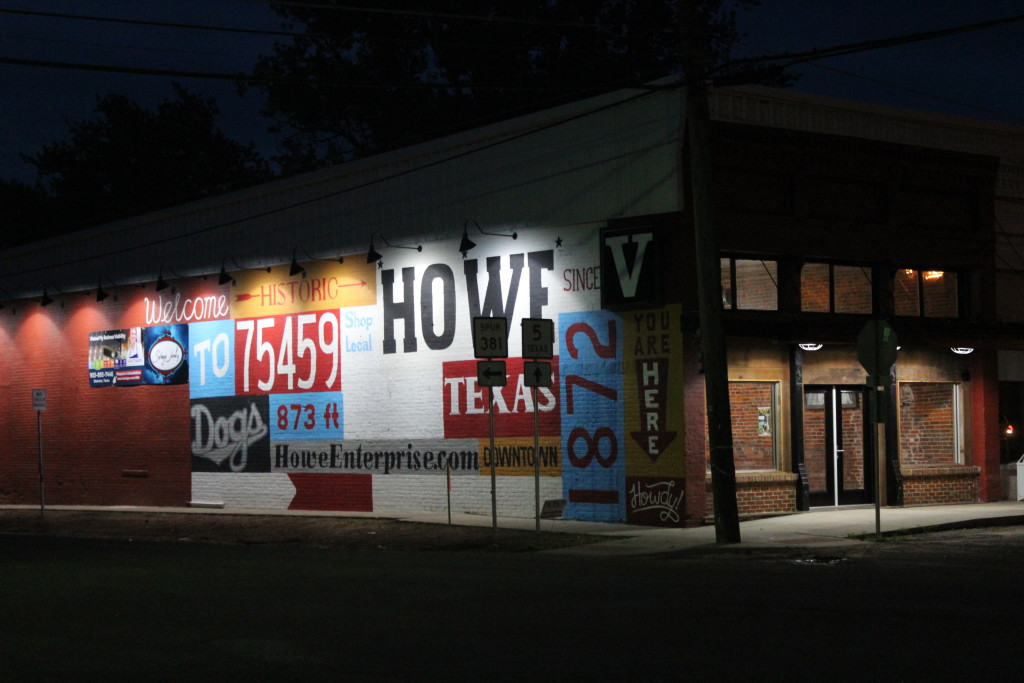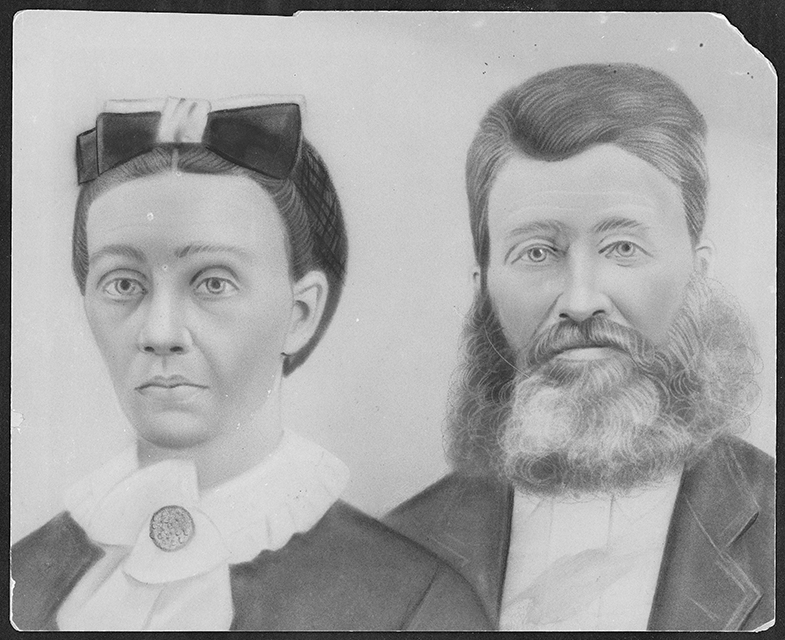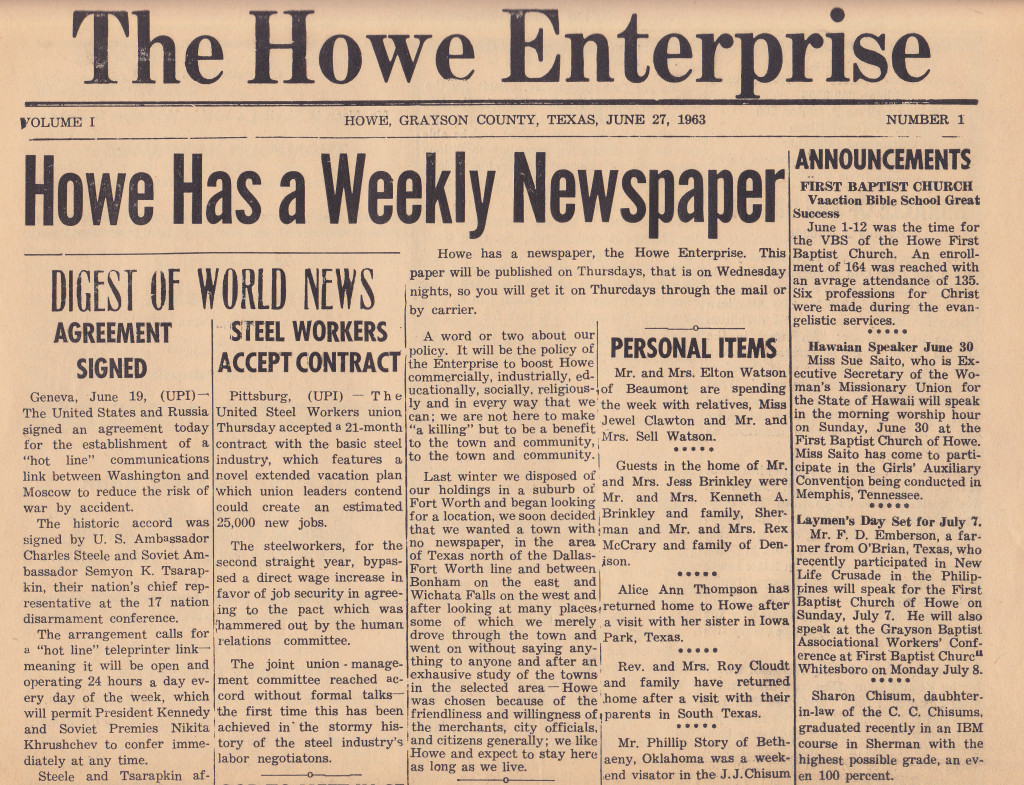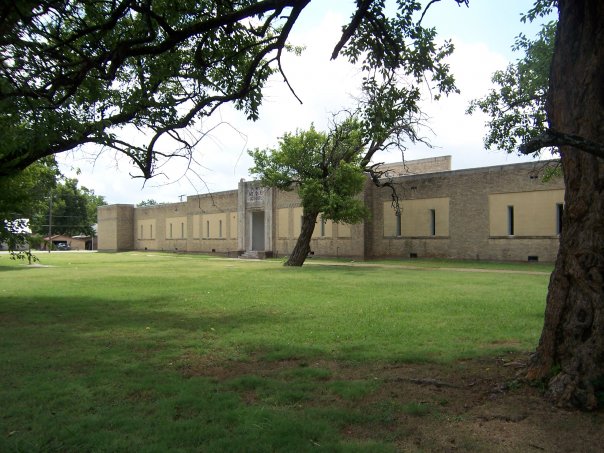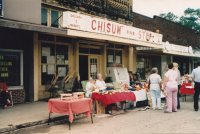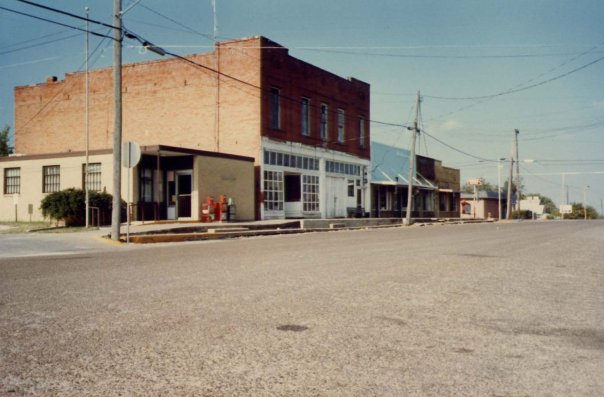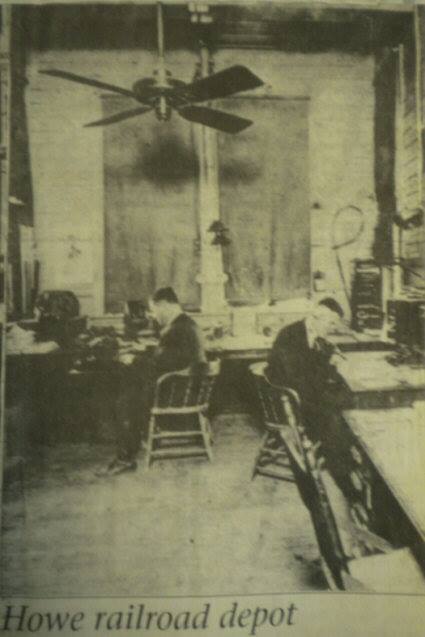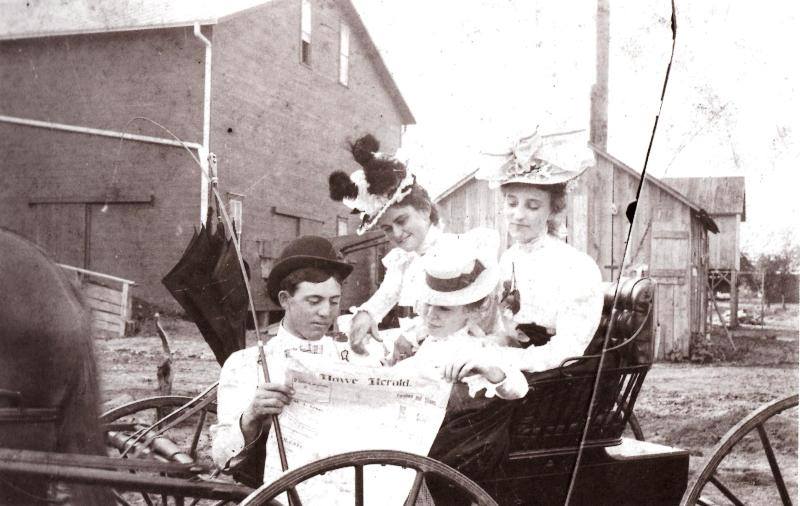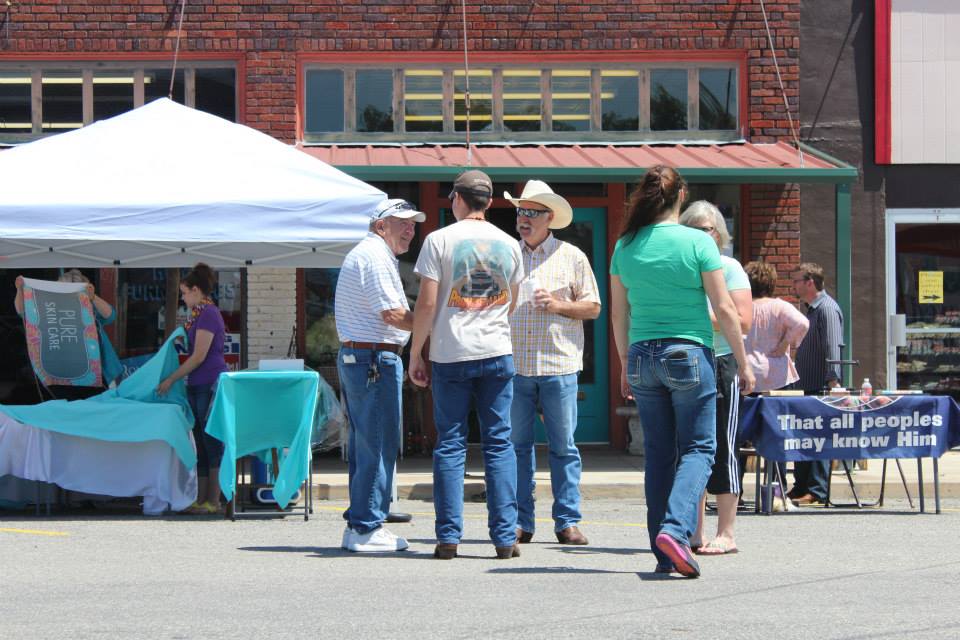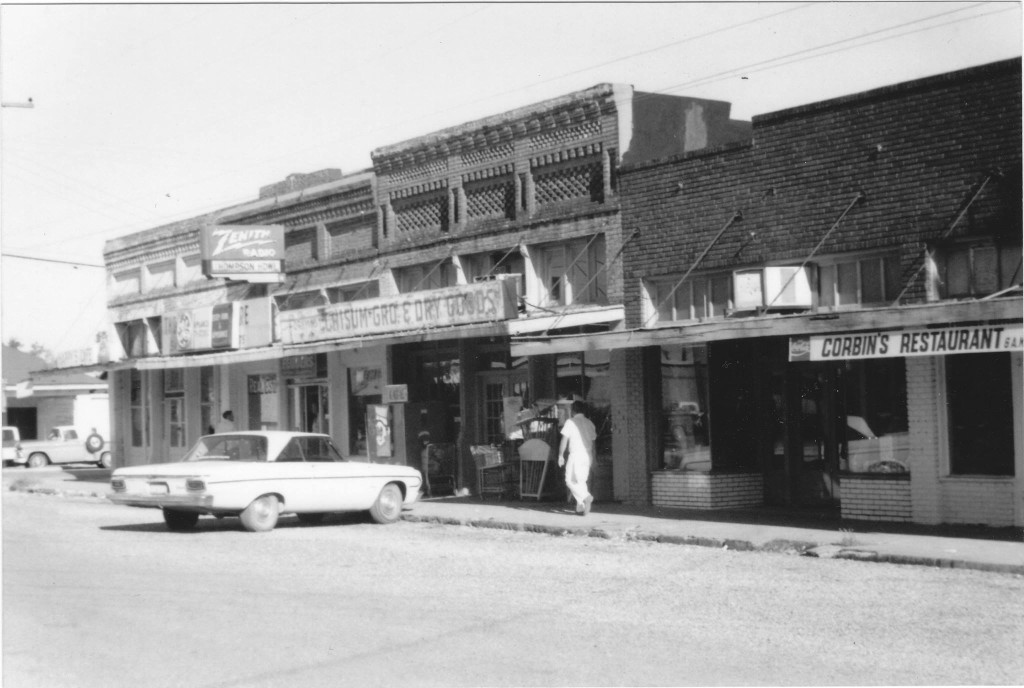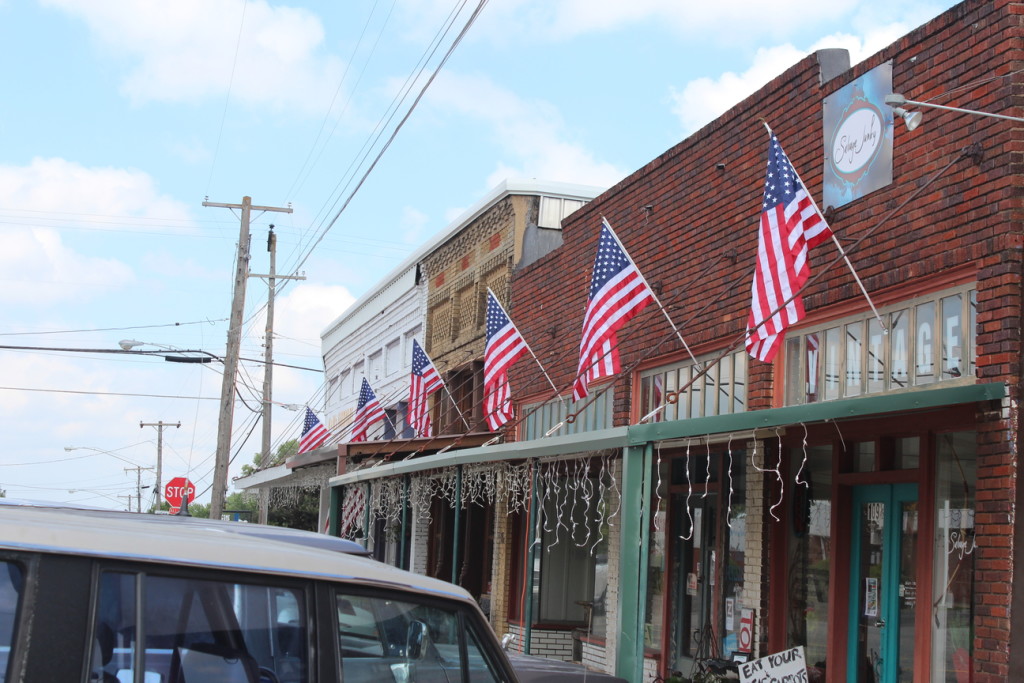[vc_row no_margin=”true” padding_top=”0px” padding_bottom=”0px” border=”none”][vc_column fade_animation_offset=”45px” width=”1/1″]
A Glimpse Into the History and Pride of the Howe Community
Founded in 1872, Howe was incorporated and became a “town” in 1884 and originally came into existence as a result of a land purchase agreement between Houston and Texas Central Railway and Jabez Haning (pronounced Hey-ning). Howe at 873 feet, the highest point on the rail line between Houston and the Red River, was initially named Summit. The railroad representative who negotiated the land purchase with Mr. Haning was F.M. Howe which led to renaming the city “Howe”. As a major grain shipping city in the late 1800’s and the home of the Red Rust-Proof Oats Company, the population stood at 450 in 1890 and had churches, hotels, doctors, barbers, druggists, and a gristmill operated by a Farmer’s Alliance Cooperative.
Newspapers published from the founding of the City until the present include the Howe Herald that ran from 1890 and ceased operation around 1910. In the 1930’ and 40’s, the city was served by The Howe Messenger. Former Texas Governor James Ferguson published The Howe Chronicle along with his brother A.M. Ferguson during the late 1930’s. The Howe Enterprise was established in 1963 and is entering the 54th year of publication. Today you can read the paper online at howeenterprise.com.
Howe became nationally known in 1940 when Mame Roberts became a national figure in beautification programs. As a result of Ms. Roberts’ determination and hard work, her hometown of Howe was named “Prettiest Little Town in Texas” by Reader’s Digest and Life Magazine.
[/vc_column][/vc_row][vc_row padding_top=”0px” padding_bottom=”0px”][vc_column fade_animation_offset=”45px” width=”1/1″]
[/vc_column][/vc_row][vc_row padding_top=”0px” padding_bottom=”0px” border=”none”][vc_column fade_animation_offset=”45px” width=”1/4″]






